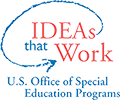CEM Navigation
Use this menu to navigate to other parts within this CEM
The Learning Resources portion of this CEM contains two sections which are further subdivided into two parts each. This page contains Section II.
- Section I
- Part 1: Introduction
- Part 2: The UDL Framework
- Section II
- Part 3: Putting UDL Into Action
- Part 4: A Deeper Dive Into UDL Implementation
Each section has a downloads sidebar that contains all the necessary materials to utilize that portion. Each part can be used individually or in conjunction with other parts at the discretion of the user.
Here is our recommendation for using these resources
Although these resources are versatile and applicable for a variety of settings, there is a common framework for use.
First of all, you should download both the Anchor Presentation and the Facilitation Guide. The person providing the professional development or teaching the course will use these as their presentation. Once you decide which sections you will use, you can download and print the corresponding handouts for your PD participants or students. Which handouts are needed at which points is outlined in the Facilitation Guide.
Contents
Putting UDL into Action This section gives participants an opportunity to practice planning instruction using the UDL framework. It starts with a review of what UDL is compared to traditional practice and then addresses each of the following questions: 1. How can we proactively plan instruction using the Universal Design for Learning principles, guidelines, and accompanying checkpoints? 2. How can we create and evaluate learning environments that align with the Universal Design for Learning Framework? 3. How do we identify and strategically use materials, curricula, and technologies that align instruction with the Universal Design for Learning framework? 4. How do we use progress monitoring and data-based decision making to inform instruction and student learning in order to provide timely mastery-oriented feedback? 5. How do we strategically integrate evidence-based practices into Universal Design for Learning planning, teaching, and assessment?
A Deeper Dive into UDL Implementation This section provides one more opportunity for participants to clarify any remaining confusion about UDL, reconsider learner variability and learn additional ways to present information and have students demonstrate their learning. Part 4 addresses planning instruction and assessing the work of the teacher candidate and k-12 students using the principles and guidelines of UDL.




